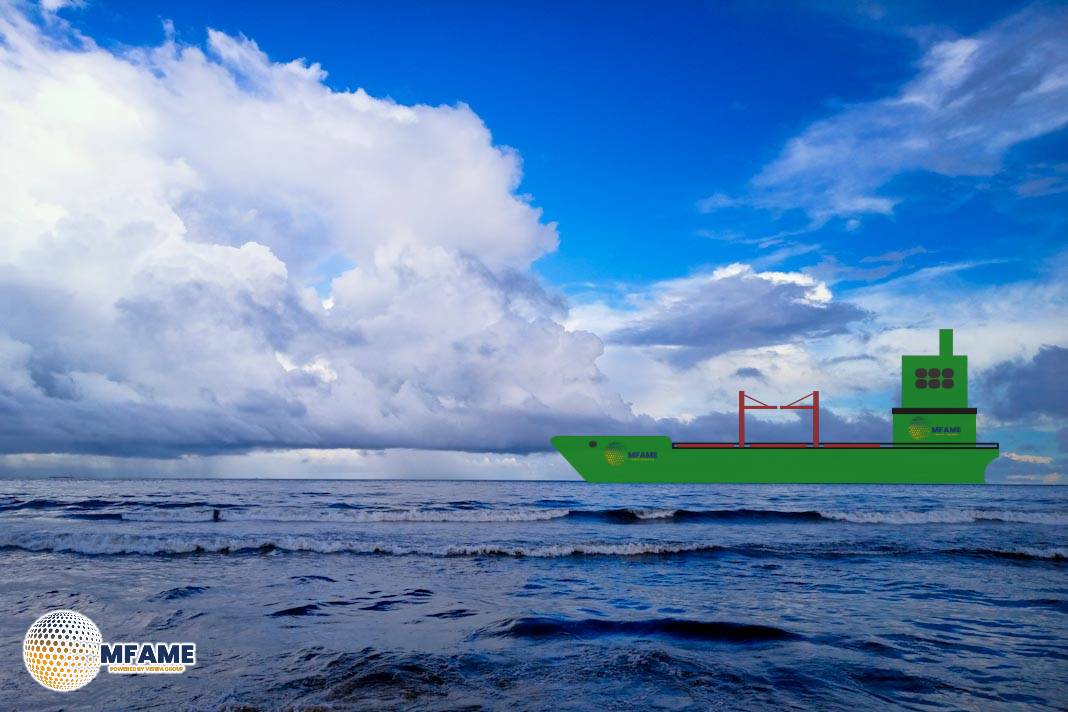- Suez Canal Reopening to Trigger Supply Chain Contraction.
- Temporary Order Reduction Expected as Excess Inventory is Released.
- Asia-Europe Demand Growth Faces Potential -2.9 Percentage Point Decline.
The Red Sea crisis lengthened Asia- Europe supply chains by 7-14 days as ships diverted around Africa. This extension translated into higher inventory levels, as cargo on ships effectively became inventory in transit, reports Sea Intelligence.
Asia- Europe Demand Growth Adjusted for Supply Chain Lengthening
In 2024, demand in Asia- Europe increased by 8.5%. Adjusted for the 7-14 day transit time lengthening, however, the growth was 4.5%-6.5%. Supply chain lengthening added 2-4 percentage points (PP) to demand growth. With a 10-day average lengthening, the demand growth lift had been equivalent to 2.9 PP.
Supply Chain Contraction with Suez Canal Reopening
When ships reenter the Suez Canal lane, the supply chain will rebound to the same extent that it grew. That shrinking will create inventory overruns, leading to periodic importer order cutbacks to keep excess on hand. Year-round, an annual -2.9 PP negative impact is projected on demand growth after the opening.
Severity of Demand Contraction Scenarios
The duration of the supply chain contraction will affect the Asia- Europe demand impact. Scenarios vary from an implausible 2-week contraction to a more realistic 12-week duration.
- 2-Week Contraction: A drastic 70 percentage point year-on-year (Y/Y) volume decrease—more acute than the post-Chinese New Year slowdown.
- 12-Week Transition: Even with a soft 12-week contraction, Asia-Europe Y/Y growth would be reduced by more than 10 percentage points over this cycle.
Understanding the duration of the supply chain adjustment is crucial for predicting the severity of demand contraction.
Did you subscribe to our daily Newsletter?
It’s Free Click here to Subscribe!
Source: Sea Intelligence
















